Harnessing lava-like temperatures to boost power
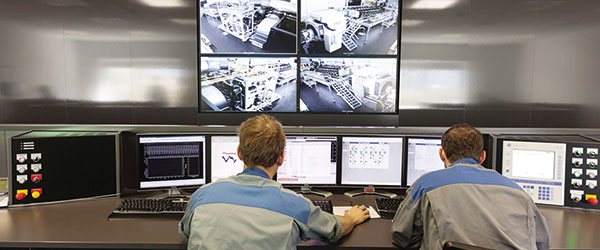 |
| GE Digital solution software analytics |
When tasked with making the most efficient steam power plant in the world even more efficient, Trevor Bailey and his team of engineers at GE Power faced a dilemma. How could they make the best technology even better, without compromising the integrity of the complex system at the heart of a coal-fired power station?
GE Power already holds the record for the most efficient coal power plant on earth. The Rheinhafen-Dampfkraftwerk facility in Karlsruhe, Germany, which is better known as RDK8, is underpinned by GE’s market-leading technology. Last winter it achieved a new world record for net thermal efficiency while producing 912 megawatts of electricity. The plant’s performance captured the attention of industry observers and was heralded as a significant breakthrough. But GE Power’s cadre of highly-skilled engineers were convinced they could make the best technology work even better by introducing double re-heat technology.
RDK8 relies on ultra-supercritical single re-heat technology, whereby a quantity of the steam which is used to power the plant’s turbine and consequently generate electricity is recycled back to the boiler to be used again, making the whole process more efficient.
GE’s engineers decided to take this design and build on it by adding a second loop to the system so that the steam is not only passed back to the boiler once, but twice. Recirculating the steam multiple times means more of the heat can be extracted from it and used to power the turbine, improving the power plant’s overall efficiency. Although the basic double re-heat technology has been around for decades, until now the cost has proven prohibitive. No double re-heat units were commissioned between 1990 and 2015, for example. But with higher energy prices, tougher emissions limits and improvements in a range of key materials used in thermal power plants, double re-heat is making a return.
Guided by GE Power’s mantra – aiming for smarter and cleaner energy – GE Steam Power Systems has developed a variant of the ultra-supercritical double re-heat technology that is capable of delivering unprecedented efficiency levels of up to 49 per cent, two percentage points more than RDK8. Already tried and tested in the field, the company is confident that it will now serve as a blueprint for the next generation of coal-fired power stations.
The technology is called ultra-supercritical because at very high pressure and temperatures, water becomes what’s known as a supercritical fluid, one which simultaneously possesses the properties of both liquid and gas. Using this technology, RDK8 is able to put steam under pressure of around 275 bar as it enters the plant’s turbine, and achieve temperatures in the region of 600°C.
GE’s new double re-heat technology is able to outperform even these impressive figures, putting steam under a level of extreme pressure that equates to approximately 330 bar, and re-heating the steam before it enters the turbine to roughly 670°C. To put that into perspective, when first erupted from a volcano, the temperature of lava ranges from about 700 to 1,200°C.
“What we are doing is taking the ultra-supercritical technology and advancing it further,” Bailey explained. “Double re-heat is already in existence but it cannot reach those kinds of temperatures and pressures. Leveraging our experience base and domain expertise we have made it possible to move to higher operating conditions while making double re-heat financially attractive for our customers.”
Increasing efficiency matters because not only do improvements allow operators to make sizeable cost savings by using less fuel to produce the same power output, but they also translate into a significant reduction in carbon emissions. An increase in boiler efficiency of between 0.5 and 1.5 per cent results in fuel savings of up to two tonnes per hour for operators, saving as much as 18,000 tonnes of coal a year from being burned. A one percentage point efficiency improvement means a two percentage point reduction in CO2 emissions.
“Our technology can deliver an immediate impact in terms of reducing emissions, which for our customers is of major practical concern and commercial value,” Bailey said.
By drawing on its engineering prowess and renowned Fastworks model – an accelerated product development programme that sees GE partner with its customers to deliver goods and services to them quicker – GE Power has been able to bring the technology to market in the space of just five months.
With the growing demand for double re-heat technology in a host of emerging markets – including China where 10 double re-heat units were commissioned in 2015 alone – the result of this workflow has arrived not a moment too soon. And GE Power is well-placed to capitalise on this trend, given that it can lay claim to the most advanced and efficient technology on the market today.
GE Power has demonstrated that it’s possible to turbocharge efficiency rates and pioneer a new generation of steam power plants, that can make significant strides in decarbonising the coal power sector.
Bailey said this is the “next big move in advanced power plant generation”, but GE Power will be the driver of many more to come.
GE Power has achieved a net power plant efficiency of 49 per cent, so 50 per cent or greater is within reach. “We’ll certainly keep pushing at the boundaries of what’s possible,” Bailey said.
The double re-heat technology is only one of the ways that GE Power has been increasing the efficiency of power plants all over the world. Customers of GE Power not only can take advantage of GE technology but also its plant-as-a-system expertise, which will enable them to fully harness the synergies within all the interconnected systems across their operations.
Driven by 230 years of power generation services experience, GE Power Services delivers a total plant portfolio of solutions across more than 90 original equipment manufacturer brands for planning and installation, maintenance and repairs, advanced technology upgrades, outcome-based service agreements, scalable plant-level solutions, plant recommissioning, and relocations to enhance the productivity of the equipment, including non-GE equipment. In addition, GE Power offers customers digital tools to collect and analyse real-time data to help them reduce unplanned downtime through predictive maintenance, which ultimately leads to improved productivity and cost efficiency.
The solutions aim to meet customers’ dynamic needs and support any asset mix through a plant’s life cycle, covering steam turbine, generator, boiler, air quality control system, balance of plant systems and accessories, electrical and power transformation, fuel storage and treatment, water and steam quality, handling systems, and more.
With these capacities, GE is helping to improve power plant efficiency in 150 countries across the world.
What the stars mean:
★ Poor ★ ★ Promising ★★★ Good ★★★★ Very good ★★★★★ Exceptional
Latest News
More News
- Addressing Vietnam's energy challenges with aeroderivative gas turbines (February 28, 2023 | 09:33)
- How to sprint ahead in 2023’s worldwide energy priorities (February 08, 2023 | 13:55)
- Boosting Vietnam's grid stability through gas turbine technology (November 22, 2022 | 20:02)
- Healthcare trio collaborates to provide thousands of free breast scans (October 27, 2022 | 17:19)
- GE Healthcare's vision for AI-backed radiology (September 29, 2022 | 11:53)
- GE brand trio to shape the future of key industries (July 19, 2022 | 15:35)
- GE unveiling brand names and defining future (July 19, 2022 | 15:16)
- GE: the shortest route towards sustainability (July 18, 2022 | 08:00)
- Be proactive in an uncertain world (May 20, 2022 | 11:40)
- GE secures first 9HA combined cycle power plant order in Vietnam (May 16, 2022 | 17:06)



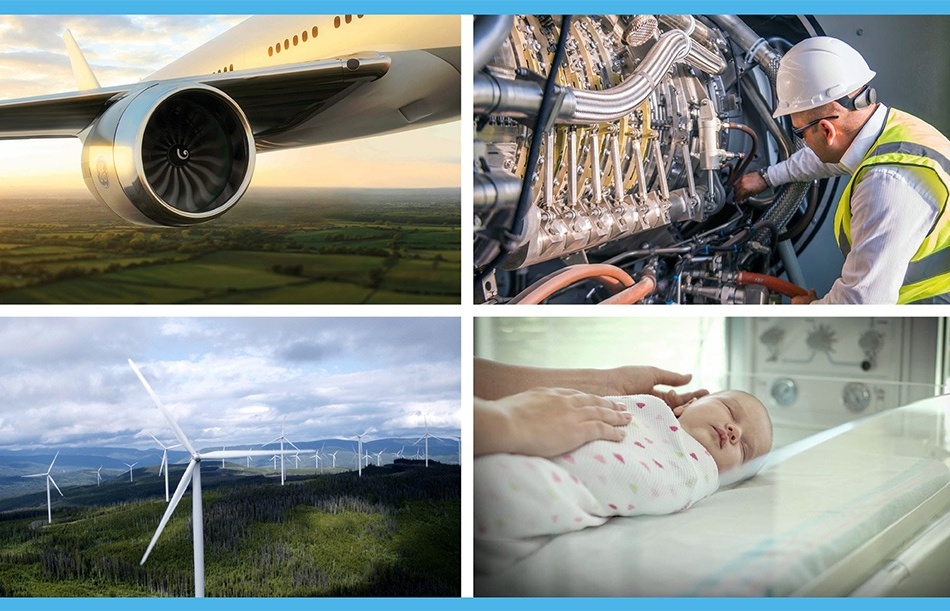

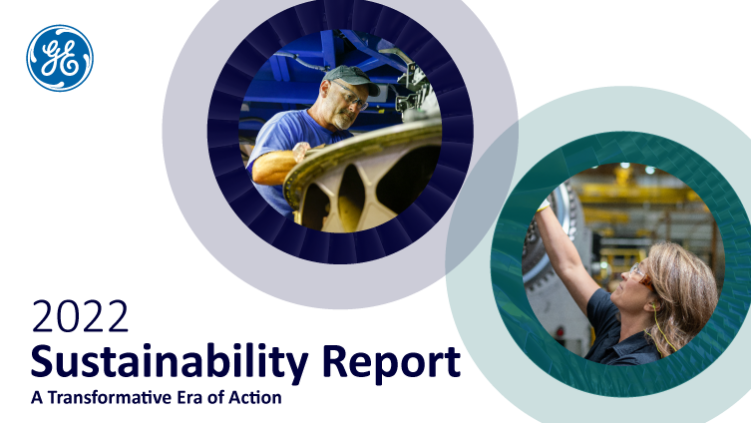
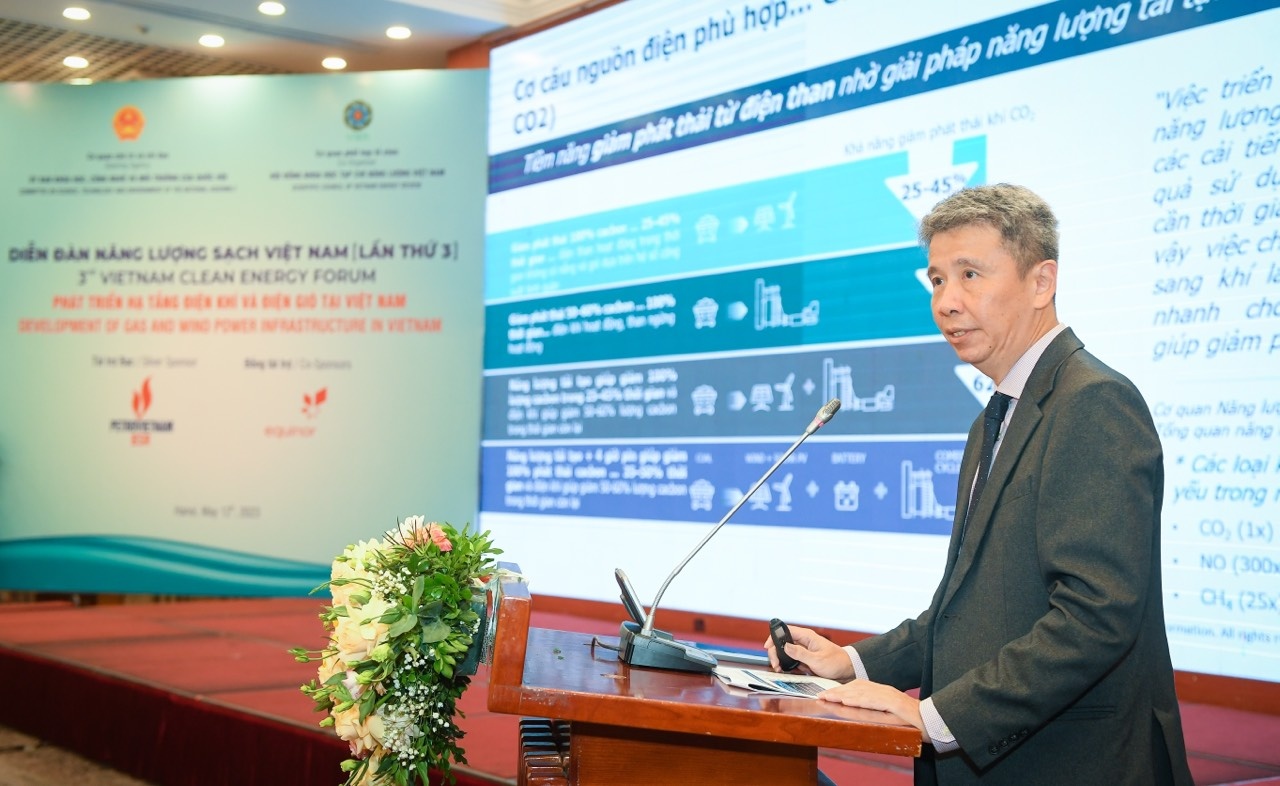
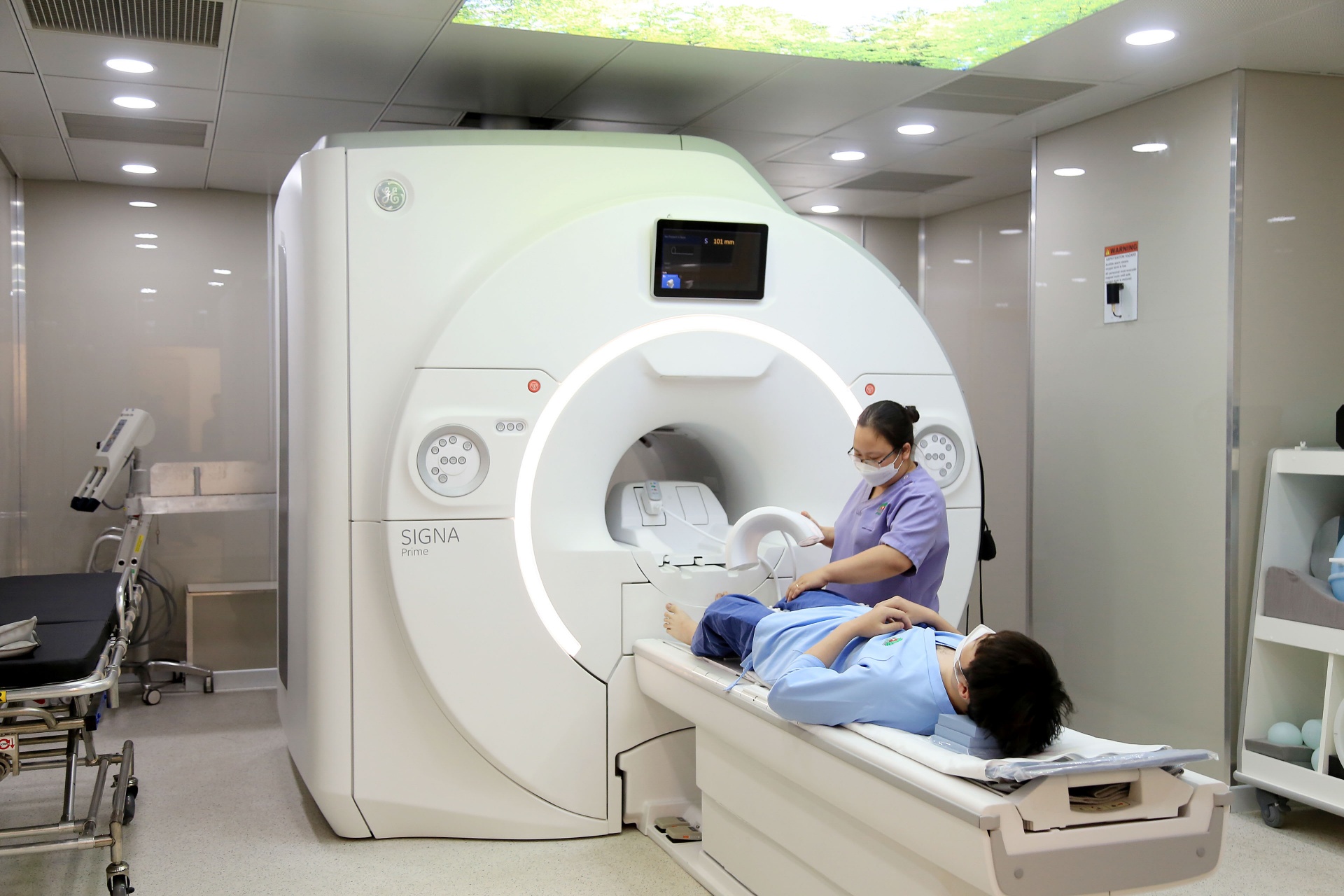
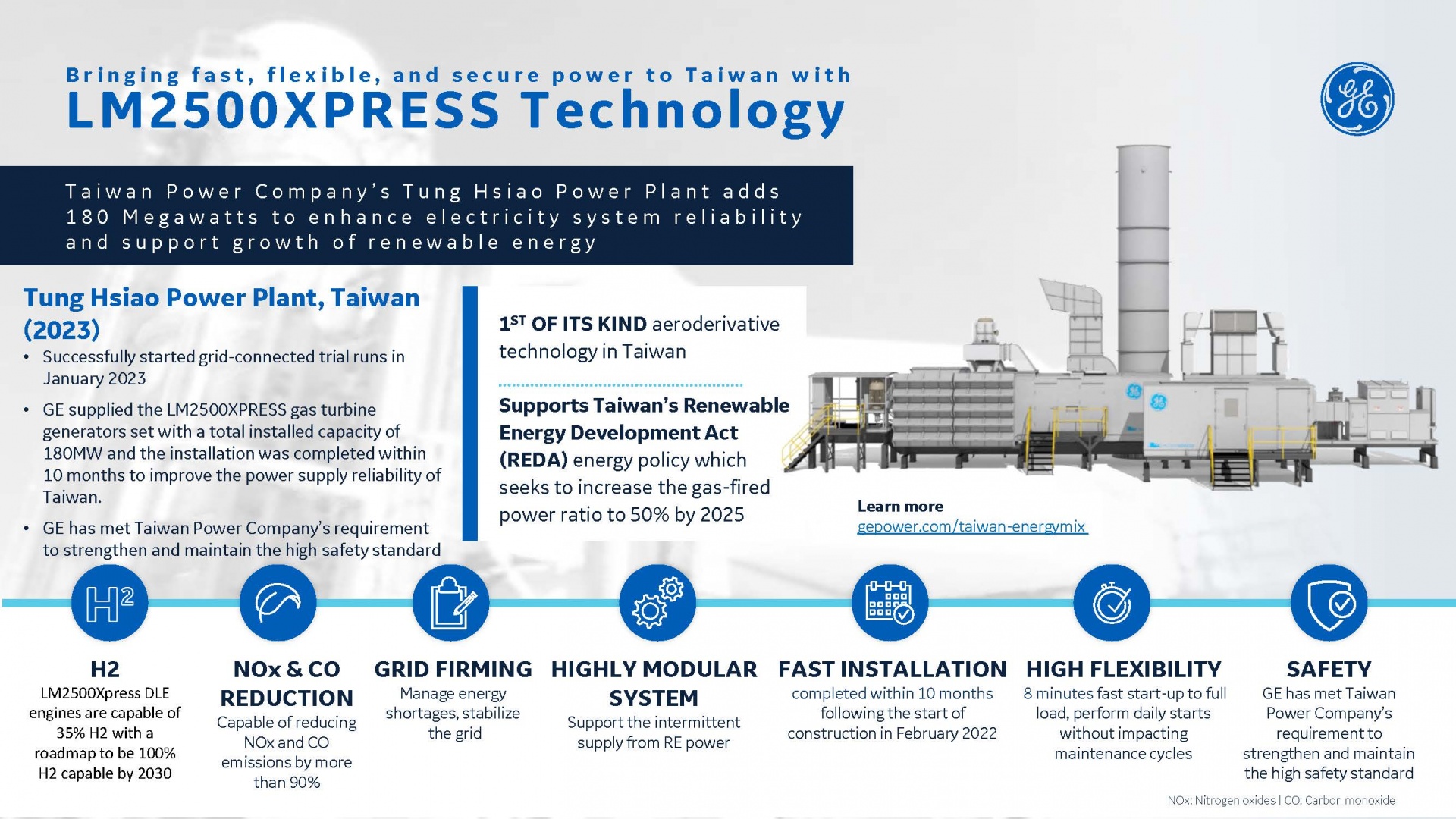





 Mobile Version
Mobile Version